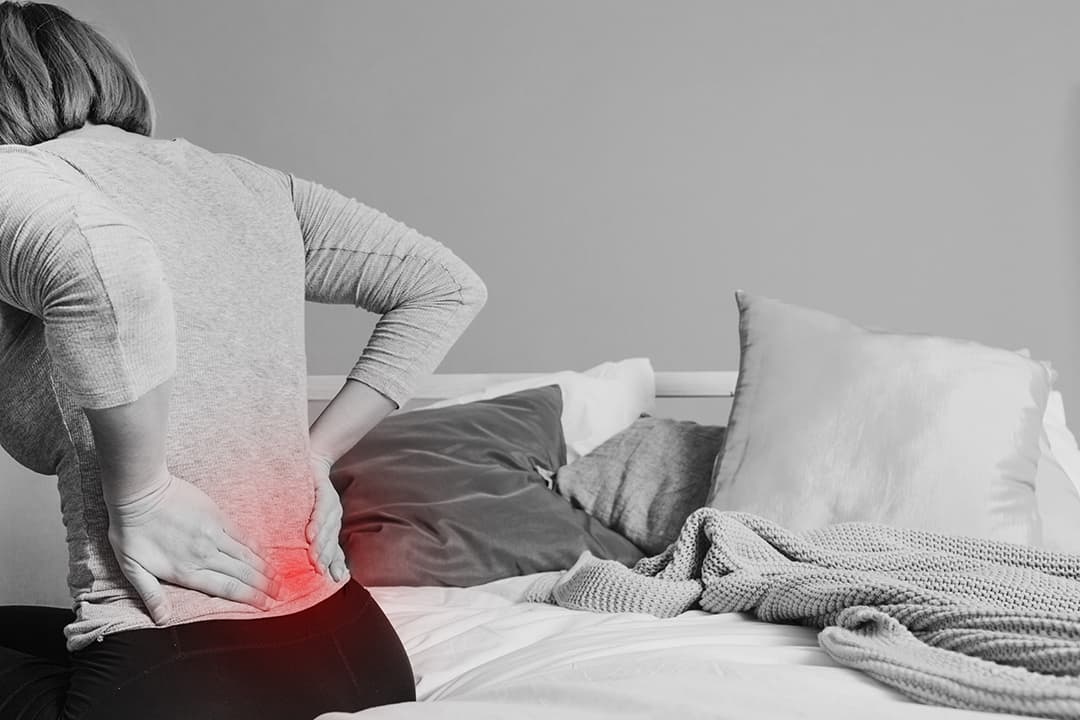Low Back Pain and Optimum Movement

Movement is fundamental to life. Actually, scratch that. Movement is life! The fluttering of your eyelashes, the rhythmic rising and falling of your chest, the dancing of your fingertips on your phone screen, or even just the bopping of your head as you listen to music. Every small movement keeps you alive. Movement allows people to choose how to live their life, what to do for work and recreation, and how to engage in social activities. Optimum movement is dependent on the health of the Neural, Muscular and Skeletal systems of the body. A dysfunction in any of these systems can lead to impairment of movement and cause pain. And one of the most common pains which people experience is back pain, especially in the lower back. But what exactly is lower back pain and why do we experience it? Let us find out.
What is low back pain?
Pain is a subjective thing. And so is the pain threshold of every individual. What I might label as a mild discomfort might be a big issue for you. A lot of people are accustomed to popping painkillers for the mildest physical pain to get rid of the sensation of pain, without addressing the root cause of this symptom. However, recognising pain and its origin is essential for attaining optimum movement of the body.
No matter how bad it is, pain is important. Pain is the defence mechanism of the body. It is an unpleasant sensory and emotional experience associated with actual or potential tissue damage. When a sensory stimulus causes mechanical irritation or inflammation in any tissue of our body, a nerve carries this impulse via the spinal cord to the pain centre of the brain. And as a response, the motor nerves, send an impulse back in the form of a spasm or dysfunction in movement. Simply put, it is our body telling us to stop doing what we are doing or withdraw from a situation to protect a body part from damage or prevent further damage to an already affected part.
Low Back Pain is this distressing feeling in the lumbar spine. Although pain can be nociceptive (response to stimuli) or pathological (due to a disease like osteoporosis or arthritis), what we are concentrating on is the pain caused by dysfunction due to mechanical stress in the lumbar spine.
Low Back Dysfunction
The lumbar spine bears the most weight among the various sections of the spine. Due to its strategic position as the connection between the torso and hip, it is most prone to mechanical stresses whether we are standing or sitting. Prolonged mechanical stress then causes structural changes in the neural, muscular and skeletal systems of the lumbar spine. This leads to poor alignment and the body adapts to an altered muscle recruitment pattern to compensate. Ultimately, movement is impaired and this low back dysfunction causes pain.
Not surprisingly, the major cause of back pain is a sedentary lifestyle. However, someone who is active also might have a wrong spinal posture which can cause mechanical stress and subsequently, pain. Certain occupations which require long hours of standing or bending can also cause dysfunction in the lower back. These postural alterations, if not corrected at the right time, can lead to further injury and chronic pain. And thus, it all boils down to having optimum movement health.
Attaining Optimum Movement Health
So how does one alleviate pain and achieve optimum movement health? By moving! It’s true that to be injury-free and pain-free one needs to learn to move one’s body in the right way. By learning to recruit the right muscles, and by correcting one’s posture, you can gradually move towards optimum movement health.
Of course, if you have chronic pain, the first step is to manage pain with the help of a physiotherapist. Rest and rehabilitation are a must. The next step is to train your body in the right way to prevent further damage. And Pilates, with its rehab component, is the best form of exercise for lower back pain.
Pilates for Low Back Pain
In Pilates, we move from inside outwards. Beginning from the core, we strengthen the local stabilising muscles. This helps in holding the spine up. Then we work on the balance between global stabilisers and mobilisers. This allows a variety of movements in the spine and the integration of the upper body to the lower body.
When there is poor alignment, one side of the muscles lengthens and the other tightens. In Pilates, we work on creating a balance between muscles. This reduces the strain on the muscles and alleviates pain.
The Founder of Moushu’s Pilates, Dr. Moushumi Kuvawala, is physiotherapist along with being a Pilates Instructor. We, at Moushu’s Pilates take extreme care in understanding the clients’ pain thresholds. There is a proper assessment of those with pre-existing conditions to understand their restrictions and design a suitable programme for them.
The best thing about Pilates is that the same exercise can be done at varying levels of difficulty. We design our workouts in such a way that we move from primary muscle recruitment to closed chain exercises, and then to open chain exercises. Then when the client gets stronger, we load weight in the same exercise. Ultimately moving to functional movements, which are based on the lifestyle of the client. This step-by-step progression in the movements gradually increases the strength your lower back, making it less prone to injury.
Here are some exercises which can help you strengthen your lower back. Disclaimer: Do not practice if you are in pain at the moment.
Cat and cow

Pregnant Cat

Opposite Hand Press to Knee

Bridge

Swan

Roll Down

Do you have low back pain? Book a consultation with Dr. Moushumi Kuvawala.
Interested in joining a class? Sign up here.
In the meantime, here is a small workout to connect with your core muscles and make your back stronger
